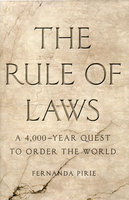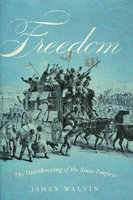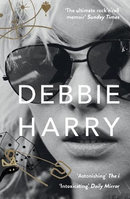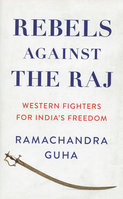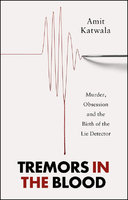Sylvia Beach was a trailblazing publisher, 'They couldn't get Ulysses and they couldn't get a drink', who founded a bookshop in Paris in 1919 which is so much more than a bookshop to this day. 'My loves were Adrienne Monnier, James Joyce and Shakespeare and Company' about the novels she single-handedly published when the custodians of morality (or men) censored it as obscene in England and America. For her, books opened the doors to freedom, shaped her thinking and feelings and gave her courage to rebel. Many lesbians who contributed to the modernist revolution chose their own names - Gluck, Radclyffe Hall, Bryher (the second subject of this quadruple biography), Genêt, HD, Colette and Renée Vivien - all breaking from patriarchy and from being the property of men. Bryher felt trapped in the wrong body and even as a child she viewed her birth gender as a trick, a mistake, and saw herself as a boy. She became a patron of modernism and the rock and saviour of her partner the poet HD, Hilda Doolittle, and funded the Contact Publishing Company in Paris, supported James Joyce and his family with a monthly allowance, gave money to Sylvia Beach, and subsidised Margaret Anderson's Little Review in New York. She financed experimental films and founded Close-Up, the first film magazine in English. She built a Bauhaus-style home in Switzerland and supported the emerging psychoanalytical movement in Vienna, funding Freud and other Jewish intellectuals hounded by the Nazis. Natalie Barney was a society hostess and the main business of her life involved lots of sex. Modernism in art upended 19th century rules of narrative and form and codes of conduct for sexual exchange. Natalie was remarkable for her exuberant commitment to lesbian life: 'My queerness is not a vice, is not deliberate, and harms no one.' She met her last amour on a bench by the sea in Nice when she was 80. She was very rich and felt entitled; disinhibited, she did not stall at taking off all her clothes in or out of doors, and no pleasure was more intense for her than orgasm. And the fourth subject, Gertrude Stein, who with her partner Alice B. Toklas were at the cultural heart of Paris for four decades. An indomitable duo, they were photographed by Man Ray, painted by Picasso, featured in memoirs and were a sight to be seen. She was a ground-breaking writer. They were all women who loved women who formed a community around them in Paris and the great biographer Diana Souhami weaves together a vivid moving tapestry of life among the Modernists in pre-war Paris. A very literary biography with citations and books listed, and dozens of pictures. Pagemarker, 456pp.
Additional product information

